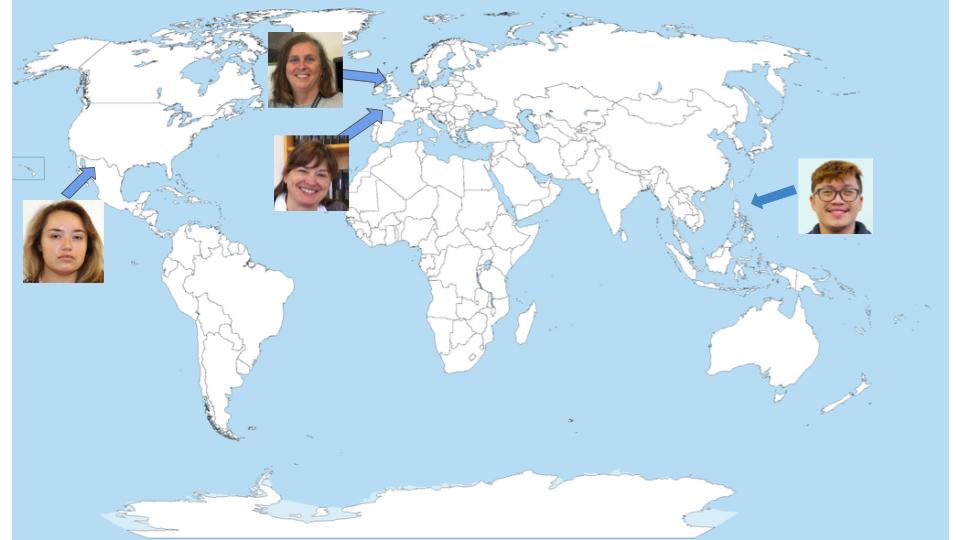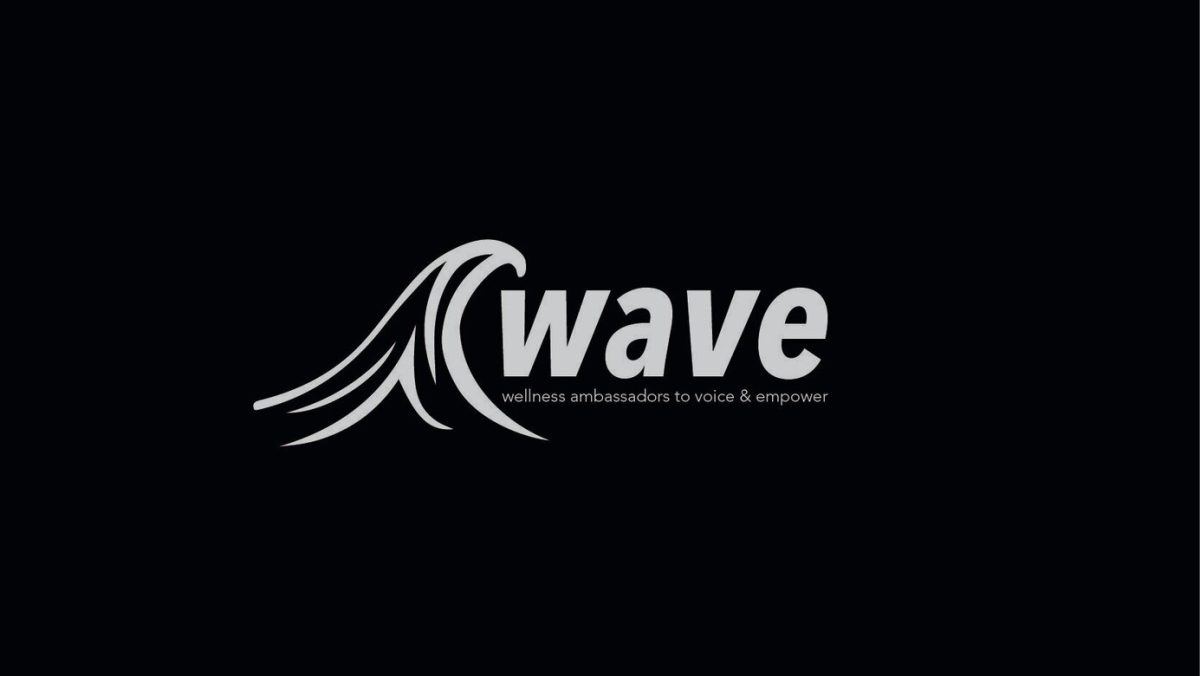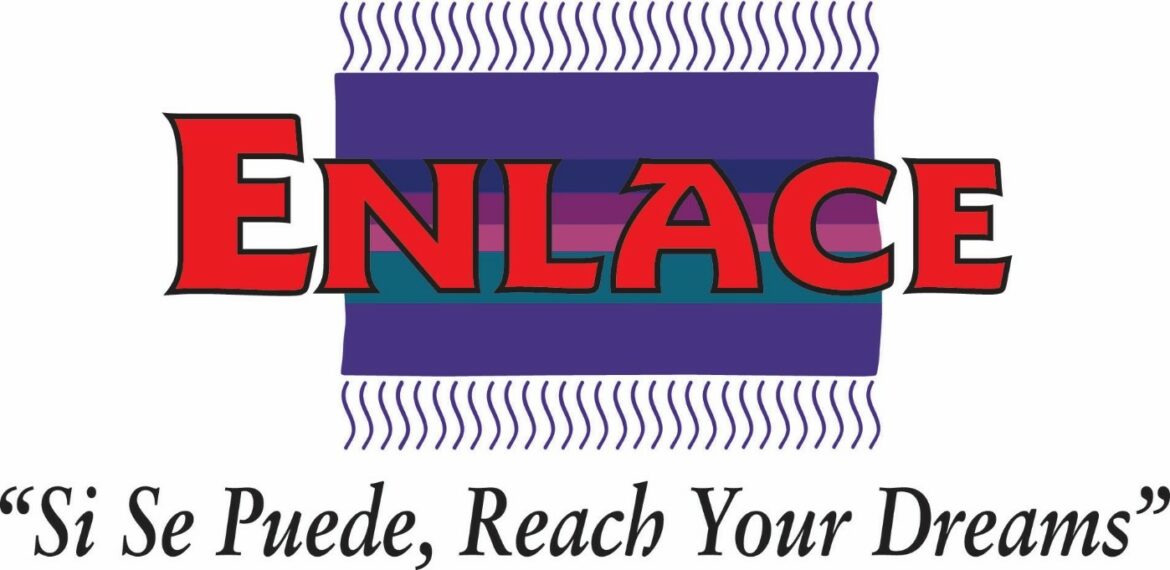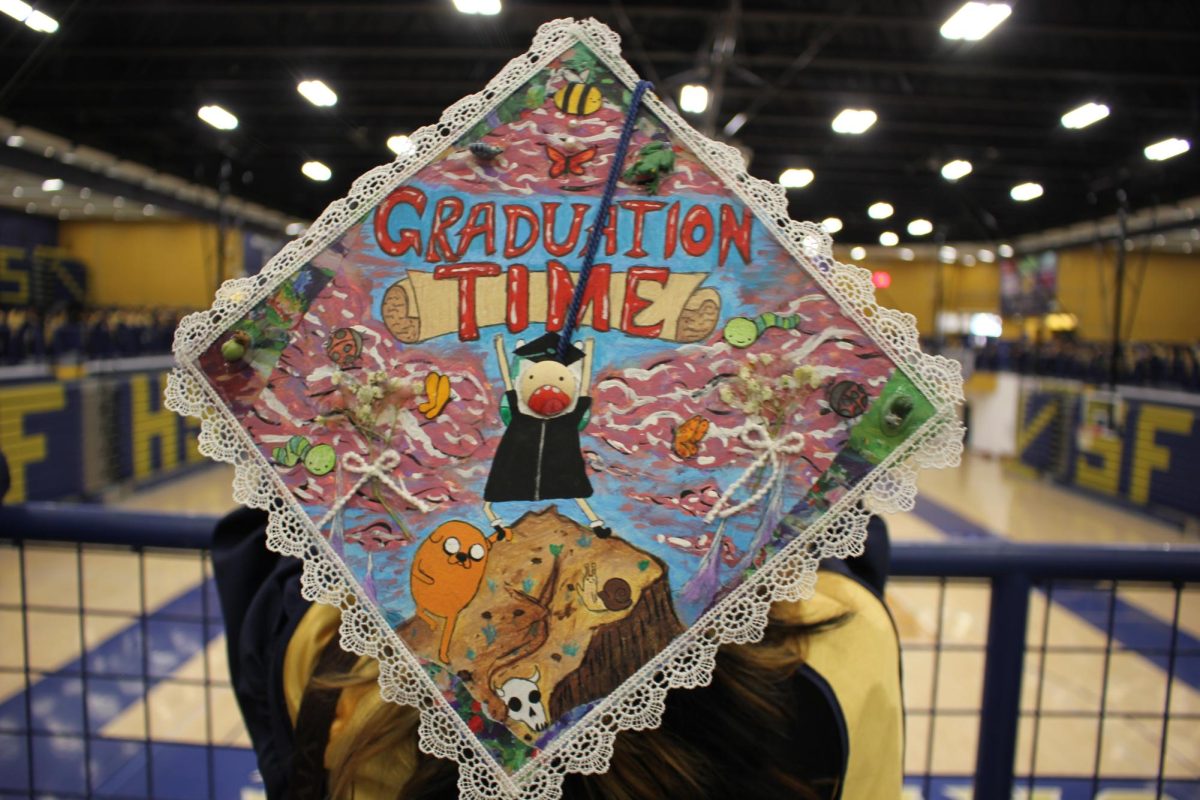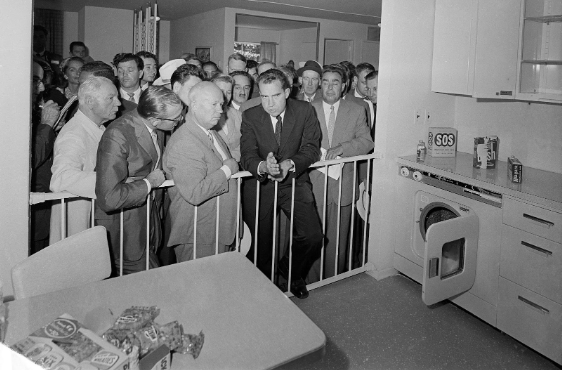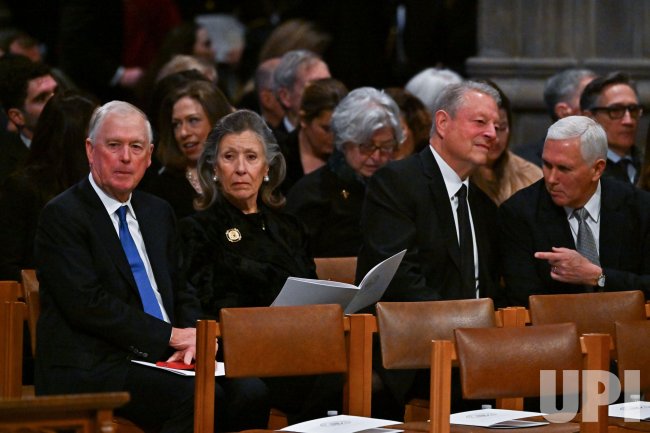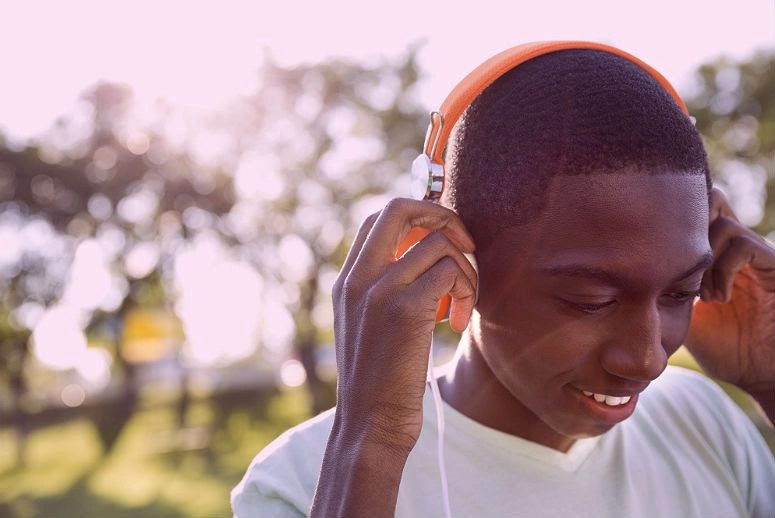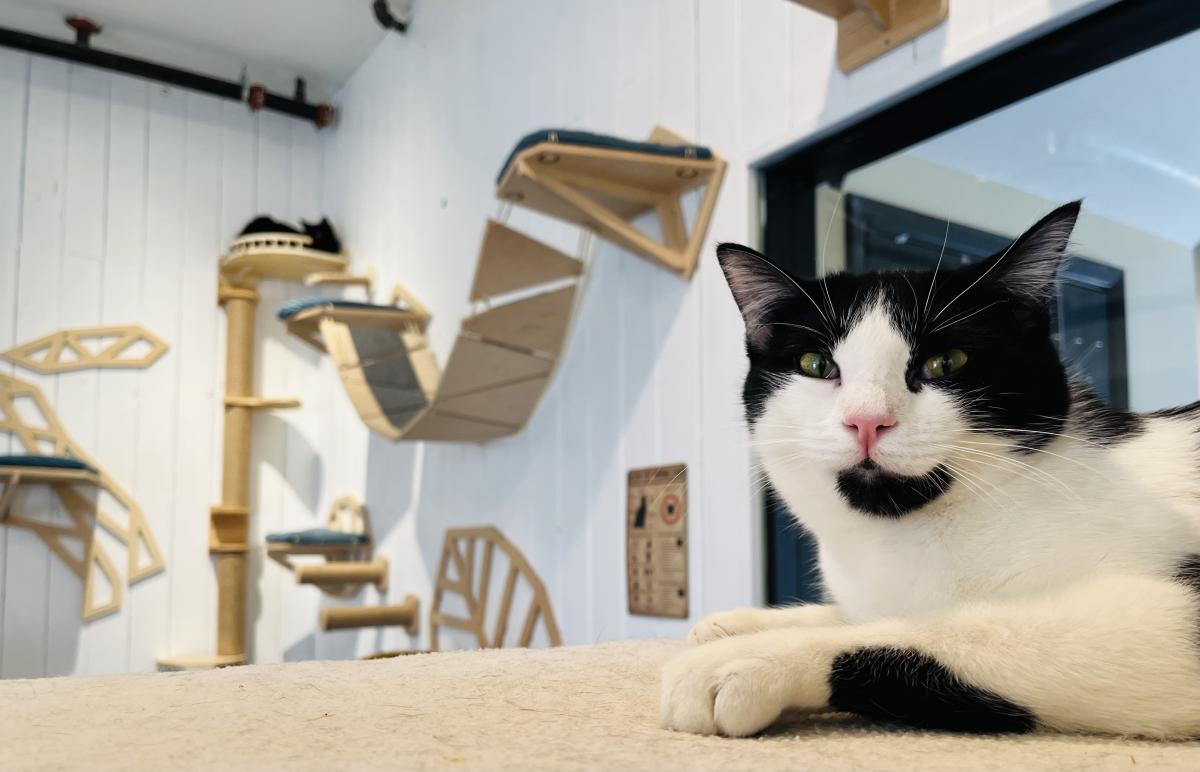The United States is seen as a “melting pot” by many. This refers to the diversity of the U.S., as it comprises immigrants from all over the world who bring their own traditions and cultures. It’s no different at Santa Fe High where teachers from all over the world have somehow made their way to New Mexico.
Cancio Dorminedo was a teacher in the Philippines for eight years before he came to Santa Fe in 2019 as part of an exchange program. He explained the distinct classroom differences between the two countries. “In the Philippines, we had about 60 [students] in one class, compared to here with about 30.”
Mr. Dorminedo, who teaches math, said it was a difficult adjustment to start teaching here, as the dynamic between students and teachers is different. “In the Philippines, students need to really give due respect to the teacher,” he said, “while here, teachers need to earn respect from students.”
For math teacher Shichun Moser, who was born and raised in South Korea before attending college in California, the academic differences between her home country and the U.S. are clear: The expectations and curriculum for students in South Korea are much more advanced.
“We started school between 7 and 7:30 [a.m.] and had class until 6,” she said. “We finished Calculus 1, 2 and 3 all in our second year of high school.”
One might think that all of that work thrust on a 16-year-old’s shoulders would be too much to bear, but Moser described how helpful it truly was. “It not only builds academic strength, but in terms of character and personality, it makes you resilient and persistent,” she said.
Math teacher Janet Beck, born in South Africa but raised in England, described the culture shock she experienced when moving to the United States in 1997. “Before moving to the U.S., we lived for a while in Doha, Qatar, and I found the transition to living there less difficult than moving here,” she said. “I thought I knew America, but a whole bunch of stuff was really weird.”
She explained that the whole process of starting fresh with a new credit history, getting Social Security numbers, and taking the driving test was a complete headache, not to mention the radically different medical system. There were also many cultural differences Beck had to get used to when she started teaching here.
“In the U.K., you can tell someone, ‘Don’t be stupid,’ meaning ‘Don’t be silly.’ [It’s] not an insult to their intelligence, while here you obviously can’t say something like that to a student.”
Spanish teacher Ana Gil Bueno, originally from Spain, said the constant need for a car was something to get used to because in Spain, the use of public transportation or walking to places is much more common.
“Until I got a car, I rode the bus, which was very limited, so I had to walk a lot,” she said. “I realized no one was walking anywhere and people would look at me. Then I got a car and I was the one looking at the people walking.”
Fellow Spanish teacher Karina Beltran, originally from Chihuahua, Mexico, said similar things about means of transportation and explained that people in that country were generally more friendly. “Over there, you’re just walking down the street and they’ll say, ‘Good morning.’ Here, they’ll maybe smile at you.”


